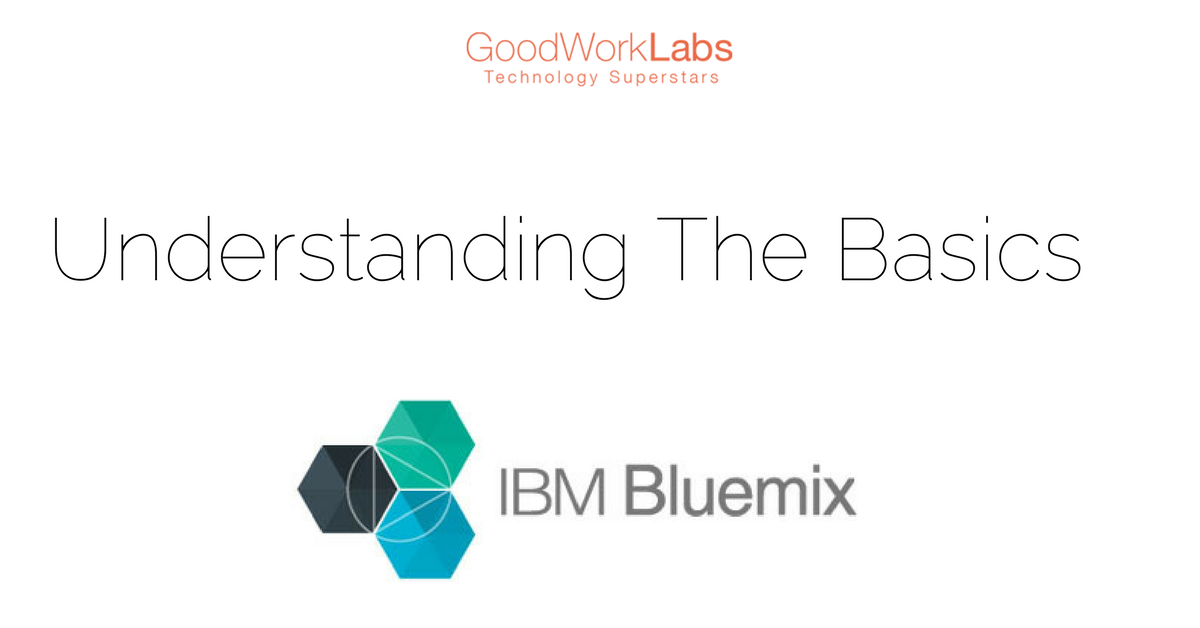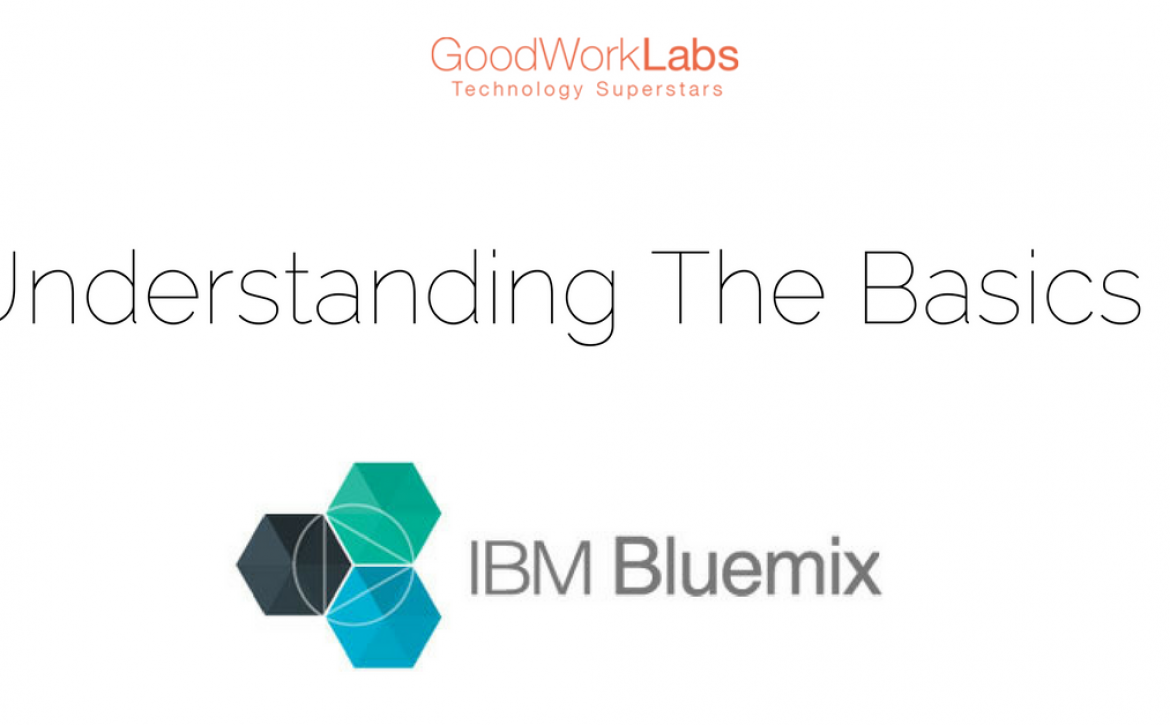Understanding IBM Bluemix
IBM Bluemix – A Mix Of Amazing Things
IBM Bluemix is a cloud platform as a Service based on open standards such as Cloudfoundry, Docker & Openstack. Bluemix comes in 3 deployment models – Public , Dedicated & Local. Bluemix Public is a multi-tenant where as Dedicated & Local are single tenant environments. Dedicated resides on IBMs Softlayer datacenter and Local resides behind your firewall. You have choice of deployment models which may not be available with Amazon or google.
Many enterprises have hybrid cloud requirements so Bluemix and other IBM Cloud offerings would be able to offer end to end solutions.
Watson based cognitive services, integrated DevOps , range of mobile backend services , database & analytics services makes IBM Bluemix a very rich platform. There are over 150+ services on the Bluemix platform.
Its very difficult to compare pricing as most of the public PaaS offerings are never easy to compare. For example, the cost of Bluemix Services are based on API calls (& storage) and there are no charges for data traffic. Many vendors may charge you for the data going out of their datacenter.
Recently IoT became has become a big tech to invest in. It is far easy to use BlueMix with Arduino or Raspberry Pi than anything else. Number of projects on Github, documentation, community help on Stackoverflow are enormous.

Advantages Of IBM Bluemix
1. Simplicity and speed: By focusing on the DevOps model, Bluemix can reduce the downtime of redeploying applications. Continuous delivery is one way this can be provided. The integrated environment provided by Bluemix allows developers to automatically deliver code without the hassle of building and debugging installation scripts. This reduces the time needed to manage code delivery and puts it in the hands of the testers and user community faster. The application can be deployed to multiple spaces which allow segregation of environments for development, testing and production. Automatically delivering code keeps developers focused on coding, not installation.
2. Agility: Bluemix allows developers to focus on delivering business value, rather than on maintaining the development environment, by scaling environments elastically based on business demand. Instead of manually deploying workloads, Bluemix will automatically redeploy workloads to other virtual machines (VMs) if there is an outage. To provide continuous availability, Bluemix abstracts the underlying architecture and keeps the manageability of services and applications at an easily understood level. Users are able to stop or start applications and define how much memory is associated with each application while Bluemix manages the rest.
3. Tools: With Bluemix, developers have the freedom to choose the development tools that work best for them. Developers don’t always want to work with the same tool sets and Bluemix provides several options, including the following:
- Command line: The Cloud Foundry (CF) command line provides integration for developers that prefer coding without an integrated development environment (IDE). This is also helpful for developing automation scripts with Bluemix. The CF application programming interfaces (APIs) can be integrated with multiple languages, frameworks and services.
- Eclipse: Since Eclipse is widely used by developers, they can continue to use the tools with which they are comfortable. The Cloud Foundry integration can be installed from the Eclipse Marketplace. This provides integration with Bluemix from the Eclipse client.
- Web IDE: Developers can work with the Web IDE directly in Bluemix. This allows modification of the application without any development environment installed on the developers’ laptops.
4. Source control: Bluemix also comes with integration to several source control management (SCM) systems. These include Git, GitHub and Jazz SCM. These environments can be configured to deliver application changes continuously. Open source Cloud Foundry applications can be forked and loaded to Bluemix. This provides a great place to start development of a new project.
5. Services marketplace: Services leverage APIs and software development kits (SDKs) that can quickly and easily be incorporated with Bluemix applications. Although IBM provides many services, Bluemix offers an open and flexible ecosystem which allows other companies to provide services that can be integrated into applications. Companies can be both providers and users of services. Two types of services are available:
The “Managed Service Offering” is not available in the beta, but will be available soon. Services in the marketplace can be at no charge or have a pay as you go (PAYG) pricing model. These services are available to all Bluemix customers.
“User Provided Services” can be added so that organizations can share services within their organization. This promotes more reuse and standardization of services within the company.



